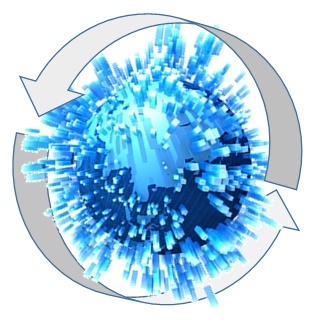
The round table discussion hosted by Business Insurance recently at the RIMS conference in San Diego reflects the current uncertainty around the soft insurance market and if and when that may change.
One of the speakers indicated that “the insurance market had the feeling of the start of a hard market” but added that “this is not what is going on”. Some experts believe there is so much anxious capital in the market now, that not even a major catastrophic event would change the willingness to invest in the insurance market. There is a promise of profit on investments and a reasonable degree of safety for the investment.
It looks like the insurance premium cycle is now looping in the soft market phase and the next premium rate increase is not even to be seen on the horizon.
However, upon closer investigation, things are not as straightforward as they look. The soft market does exist but there is still a hard market (or no cover available at the right price) in areas that are very close to the risk manager’s heart. Examples include: cyber risk, supply chain, business interruption unrelated to property damage occurring, terrorism and some industry specific coverages such as medical industry product recall and PI/E&O and D&O coverages for the financial services sector.
From reading the Business Insurance White Paper on Soft Market Strategies (2015), it appears there is still an annual growth in captives globally of close to 5%, inclusive of mid-market corporations establishing their own captive. The reason for this development is that more and more corporations are viewing the captive no longer as simple financial instrument to balance corporate risk appetite and subsidiaries risk appetite. More and more, the captive is being seen as a true risk management instrument to increase the corporate’s resilience and be part of their long term strategy.
The captive can be used to hold and distribute funds, which are used for loss prevention, to underwrite risks that are difficult or impossible to cover in the corporate insurance market and also to set up ILS (Insurance linked securities) such as CAT bonds. If capital requirements for long tail claims are too much of a burden, captives do not have to be run off anymore as reinsurers are more receptive to portfolio buy-offs than they were in the past.
The captive is now less seen as a profit centre - although in an ideal world it would make profits – but as a full blown risk management instrument, it makes sense to invest what it takes to run a captive – including requirements imposed by BEPS and other regulatory and legal requirements.
So, what we know right now is that the soft market provides a good environment for the setup or enhancement of a captive, and this may be the right time to investigate the insourcing of functions that would traditionally be outsourced by captive managers. These could include underwriting and claims management and include implementation of the respective operational IT systems. Whether or not the insurance market is in a perpetual loop, as long as we have the knowledge and the tools to move with the market, the uncertainty is more manageable.
